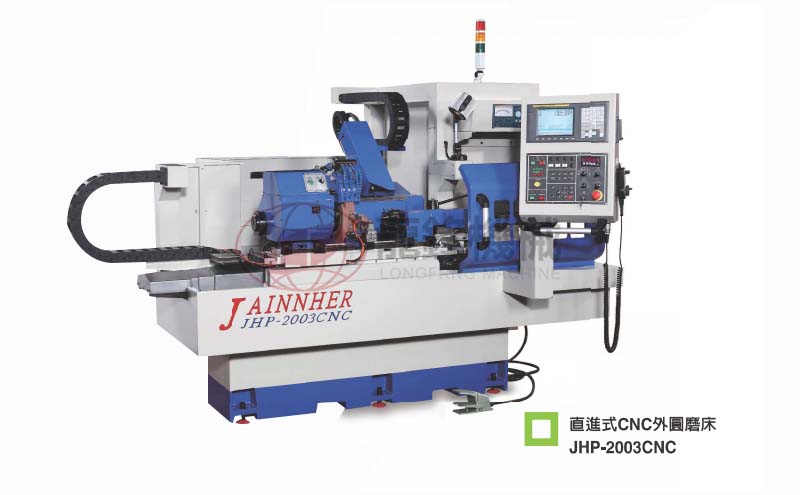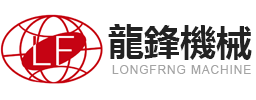In the process of mirror axis machining, the machining environment is a crucial factor that has a profound impact on the machining quality.
1、 The influence of temperature
Temperature is one of the most critical factors in the processing environment. When the ambient temperature changes, processing equipment, workpieces, and cutting tools will all experience thermal expansion and contraction. For mirror axis machining, a process that requires extremely high precision, even small dimensional changes can lead to serious quality problems. For example, when machining mirror shafts on high-precision grinding machines, if the ambient temperature is too high, the bed of the machine will expand due to heat, causing a change in the relative position between the grinding wheel and the workpiece. This will lead to a decrease in the dimensional accuracy of the shaft, resulting in deviations in cylindricity and straightness. Moreover, temperature changes can also affect the performance of cutting fluid. If the temperature is too high, the cooling and lubrication effects of the cutting fluid will be greatly reduced, increasing tool wear and thereby affecting the surface quality of the machining.

2�����、 The role of humidity
Humidity also has an undeniable impact on the quality of mirror axis processing. High humidity environments may cause rusting of workpieces, especially when metal shavings are generated during the machining process. These metal shavings combine with moisture in the air and easily form rust spots on the surface of the workpiece, damaging the smoothness of the mirror axis surface. In addition, when the humidity is high, moisture in the air will enter the cutting fluid, dilute the concentration of the cutting fluid, and change its chemical composition and properties. This not only affects the lubrication and cooling effect of the cutting fluid, but may also cause the cutting fluid to deteriorate, breed bacteria, and have a corrosive effect on the machining equipment.
3����、 The Importance of Cleanliness
The cleanliness of the processing environment is directly related to the surface quality of the mirror axis. During the mirror axis machining process, even tiny dust particles may form scratches on the surface of the axis once they adhere to the workpiece surface or enter the machining area. For example, in the process of ultra precision grinding, these particles will be embedded between the grinding material and the workpiece. As the grinding progresses, small marks will be drawn on the surface of the shaft, making it impossible for the mirror shaft to achieve the expected mirror effect. Moreover, dust and other impurities may also enter the precision components of the equipment, affecting its normal operation and indirectly affecting the processing quality.
In summary, in order to ensure the machining quality of the mirror axis, it is necessary to strictly control the temperature, humidity, and cleanliness of the machining environment. By installing air conditioning systems, air purification equipment, and humidity control devices, a stable and clean machining environment can be created.








